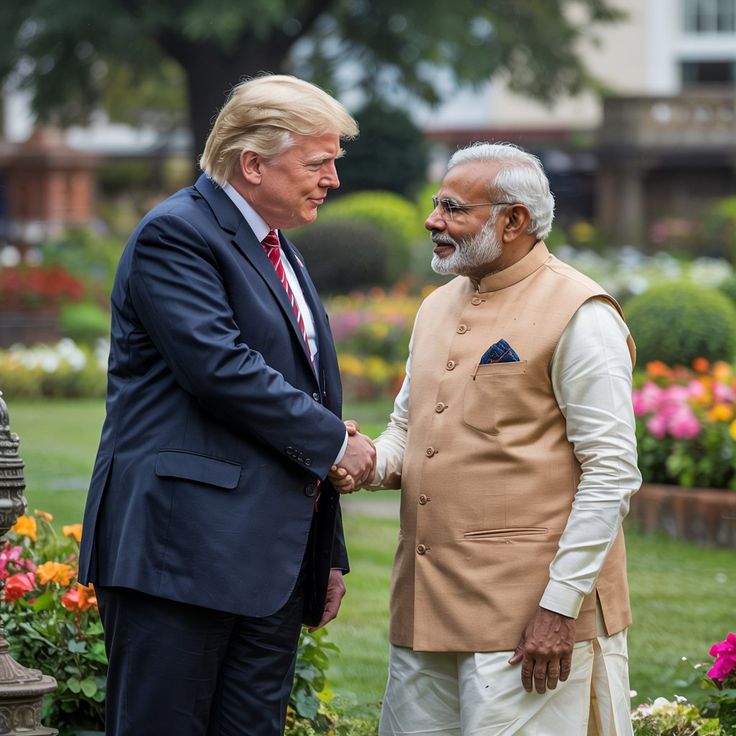The English Premier League (EPL), widely regarded as the most popular football league in the world, has once again taken center stage as the 2025 season unfolds. From sold-out stadiums in Manchester and Liverpool to global audiences stretching from Asia to the Americas, the Premier League is more than just a sporting competition—it is a cultural, economic, and global phenomenon. With record-breaking transfers, innovative technology, and fierce rivalries, the league continues to set the standard for football while shaping the game’s future far beyond the United Kingdom.

A Global Footballing Powerhouse
Established in 1992, the Premier League has become the world’s most watched domestic football league. Broadcast in over 200 territories and reaching an estimated 4.7 billion people annually, its influence stretches well beyond the pitch. Unlike many other leagues, the EPL combines competitive balance, global superstar talent, and high-intensity football that appeals to both purists and casual viewers.
Financially, the EPL remains unmatched. The league’s broadcast rights for 2025 are valued at over £10 billion across domestic and international markets. This financial strength allows clubs to attract the world’s best players and managers, reinforcing a cycle of growth that has placed the EPL at the heart of world football.
The 2025 Season: Rivalries at the Top
As the current season advances, the title race is once again a fierce contest among some of the biggest clubs in the world. Manchester City, under Pep Guardiola’s stewardship, continue to showcase their brand of technical and tactical excellence, though they face stiff competition from Arsenal, Manchester United, and Liverpool.
With a youthful, energetic team that combines attacking flair with methodical organization, Arsenal, revitalized under Mikel Arteta, is making good progress. After a significant transformation, Manchester United is beginning to resemble the previous superpower with a mix of youthful players and high-profile purchases. Liverpool, meanwhile, are adapting to life after Jürgen Klopp, with new leadership aiming to maintain their high-pressing style while ushering in a new generation of players.
Chelsea and Tottenham, though less consistent, remain dangerous contenders, with strong squads capable of challenging the traditional “big four.” Outside the elite, clubs like Aston Villa, Newcastle United, and Brighton have shown that with smart recruitment and tactical innovation, they too can disrupt the established hierarchy.
The Transfer Market: A Global Magnet
The transfer market is where the Premier League’s financial strength is most apparent. The summer of 2025 witnessed staggering sums spent on top talent. English clubs spent more than £2.5 billion in the transfer window, outspending the other four major European leagues combined.
Big-money moves included global stars arriving from Spain’s La Liga and Italy’s Serie A, reflecting the Premier League’s unmatched drawing power. While critics argue that such spending deepens the gap between rich and smaller clubs, supporters insist it enhances the league’s quality, ensuring the EPL remains the ultimate stage for the best footballers.
At the same time, clubs like Brighton and Brentford have perfected the art of scouting lesser-known talents and selling them at high profits to the giants, demonstrating that smart strategies can coexist with financial power.
Technology and the Modern Game
Additionally, the Premier League has led the way in using technology into sport. The use of VAR (Video Assistant Referee), goal-line technology, and advanced analytics has transformed how the game is played, officiated, and understood.
In 2025, the league has expanded its use of real-time data analytics, wearable technology for players, and AI-assisted tactical breakdowns. Clubs are investing heavily in performance science, analyzing player workload, nutrition, and recovery to maximize efficiency and reduce injuries.
For fans, technology has enhanced viewing experiences. Augmented reality, advanced camera angles, and interactive live statistics have become part of the standard broadcast package, making watching from home nearly as immersive as being inside the stadium.

The Global Fanbase
Perhaps the Premier League’s greatest achievement is its ability to engage fans worldwide. Clubs like Manchester United, Liverpool, Arsenal, and Chelsea boast global followings numbering in the hundreds of millions. Pre-season tours in Asia, the United States, and the Middle East attract huge crowds, further expanding the league’s reach.
Digital platforms have also revolutionized fan engagement. Clubs now stream behind-the-scenes content, host interactive events, and provide matchday experiences through virtual reality. Supporters from Lagos to Los Angeles can feel part of the action, blurring the lines between local and global fandom.
Challenges Facing the League
Despite its enormous success, the Premier League faces several challenges. Fixture congestion remains a serious issue, with clubs competing in domestic leagues, domestic cups, and European competitions. Player welfare has become a hot topic, with managers calling for reforms to protect athletes from burnout.
Financial inequality between the top clubs and the rest of the league is another pressing concern. While the Premier League distributes revenue more evenly than other leagues, the gap in spending power remains stark. Clubs outside the top six struggle to compete for elite talent, and smaller teams often serve as stepping stones for players seeking moves to bigger sides.
There are also concerns about the influence of foreign ownership and state-backed investments. Clubs like Manchester City and Newcastle United, owned by wealthy Gulf investors, have raised debates about “sportswashing” and the impact of limitless financial backing. Critics argue it undermines fair competition, while supporters point to the infrastructure investment, community development, and global recognition these owners bring.
The Women’s Game and Grassroots Growth
Another significant development in English football has been the rise of the Women’s Super League (WSL), which operates in close partnership with the Premier League. Women’s football in England is experiencing unprecedented growth, with record attendances, rising TV deals, and increased investment in youth academies.
The success of England’s Lionesses, who won the UEFA Women’s Euro 2022 and reached the FIFA Women’s World Cup final in 2023, has accelerated this growth. Premier League clubs are now actively integrating women’s football into their identity, ensuring that the future of the sport is inclusive and sustainable.
Grassroots football has also benefited from the Premier League’s investment. Millions of pounds are distributed each year to community programs, academies, and local clubs, ensuring that the next generation of talent has opportunities to develop.
Economic and Cultural Impact
The Premier League is more than just football; it is a key part of the UK economy and culture. According to recent reports, the league contributes more than £7.6 billion annually to the British economy, supporting over 100,000 jobs across various sectors. Matchday revenues, tourism, merchandise, and broadcasting all feed into this ecosystem.
Culturally, the EPL has become a symbol of British identity on the global stage. Its diverse mix of players, managers, and fans reflects the multicultural character of modern Britain. Stadiums from Old Trafford to Anfield have become global landmarks, attracting millions of visitors each year.
Looking Ahead: The Future of the EPL
As the 2025 season progresses, the English Premier League stands at a fascinating crossroads. Its dominance is unquestioned, but maintaining competitiveness, ensuring sustainability, and addressing ethical questions will shape its future.
The league’s leadership has already begun exploring reforms, including expanding the use of technology, revising the fixture calendar, and enhancing financial fair play rules. There is also a growing emphasis on environmental sustainability, with clubs adopting eco-friendly stadium practices and promoting green initiatives.
What remains certain is that the Premier League will continue to capture imaginations worldwide. Its mix of drama, unpredictability, star power, and relentless intensity ensures that every season delivers moments that transcend sport. Whether it is a last-minute winner at Stamford Bridge, a title-deciding clash at the Etihad, or a relegation battle at Turf Moor, the EPL continues to prove why it is called the most exciting league in the world.
Conclusion
The English Premier League has evolved from a domestic competition into a global spectacle, a financial giant, and a cultural phenomenon. As the 2025 season unfolds, it embodies football at its most thrilling and its most complex—an arena where history, money, technology, and passion collide.
While challenges remain, from player welfare to financial inequality, the league’s ability to adapt and innovate suggests it will remain at the forefront of world football for years to come. In stadiums across England and on screens around the globe, millions continue to watch with anticipation, knowing that in the Premier League, anything can happen.
The beautiful game may have many homes, but in 2025, its heartbeat continues to pulse most strongly in England.
Related News: Read More


